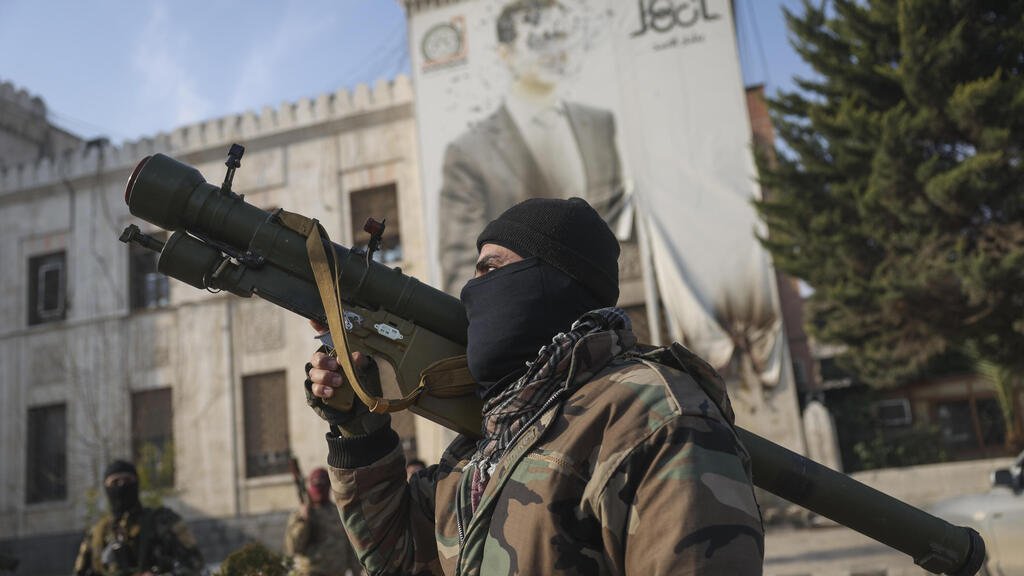The stabilization of the Assad regime, which depends to a large extent on Iranian and Russian support, has come at a considerable cost, both in human and economic terms. However, this stability was fragile, dependent on the continued presence and support of these foreign powers.
Recent regional developments have further complicated the situation in Syria. Russia’s military focus has changed significantly due to its involvement in the , which has reduced its ability to maintain the same level of involvement in Syria.
While Iran has focused on supporting the Assad regime, Turkey has conducted a number of military operations in northern Syria, ostensibly to combat cross-border terrorism, but has in fact established a Turkish zone of influence. This competition has the potential to escalate tensions, especially when both countries seek to expand their spheres of influence at the expense of the other.
Despite the establishment of the Astana peace process in 2017, which was intended to manage the conflict in Syria, the reality on the ground indicates that it was mainly used to demarcate areas of control between Iran, Russia, and Turkey, and not to foster a comprehensive peace.
The current situation in Syria presents a complex set of opportunities and risks for Israel and for the entire Middle East. While various factions, especially Iran and its proxies, are refocusing their efforts on the internal conflicts in Syria, there is a temporary decline in their attention to Israel.
This shift in focus gives Israel strategic breathing space in the short term. However, this reality entails significant risks, especially the potential for instability on the Syrian Golan border, which could expand into the Israeli Golan Heights. This instability could escalate regional tensions and drag the Middle East into a broader conflict.
This division has created countries such as Syria, Iraq and Lebanon, which are characterized by ethnic and religious diversity with little common ground between different groups. This situation has led to deep hostility, especially among Shiites, Sunnis, Kurds, Druze, Christians and others, exacerbated by strategic interests in the region’s oil resources.
The involvement of world powers such as the United States and Russia has led to temporary stability, but in some ways has further complicated the situation. It is worth noting that stability in Syria during the Trump administration has occurred through coordination with Russia, suggesting that future interventions may work similarly.
The critical question is whether such international interventions can provide long-term stability in the region. The ongoing negative energies and hostility among the peoples of the region indicate that a local response, even if coordinated between major powers such as Russia and the United States, may not achieve sustainable stability. Instead, it is likely that these interventions will only be able to offer temporary relief without addressing the underlying tensions.
In conclusion, while the internal conflict in Syria offers a temporary reduction in direct threats to Israel, it simultaneously poses significant risks to regional instability. The historical context of arbitrarily established borders and ongoing ethnic and religious hostility underscores the complexity of achieving lasting stability in the Middle East.
• None Col. (res.) Dr. Ronen Itsik is a senior researcher at the
